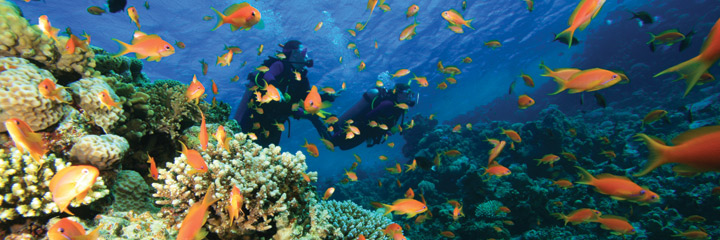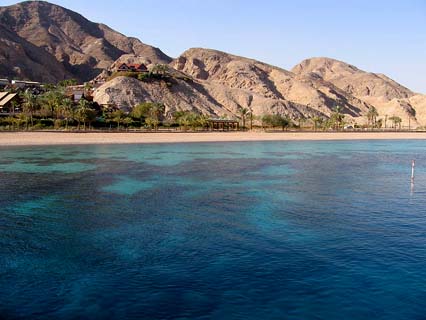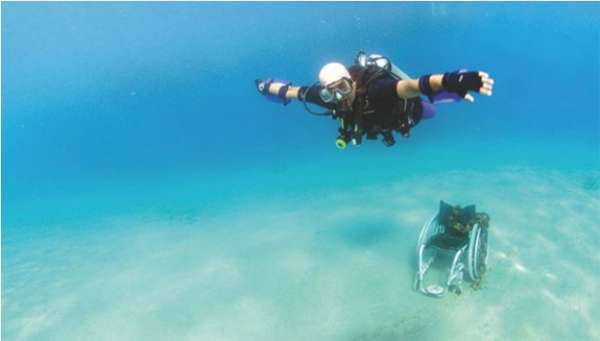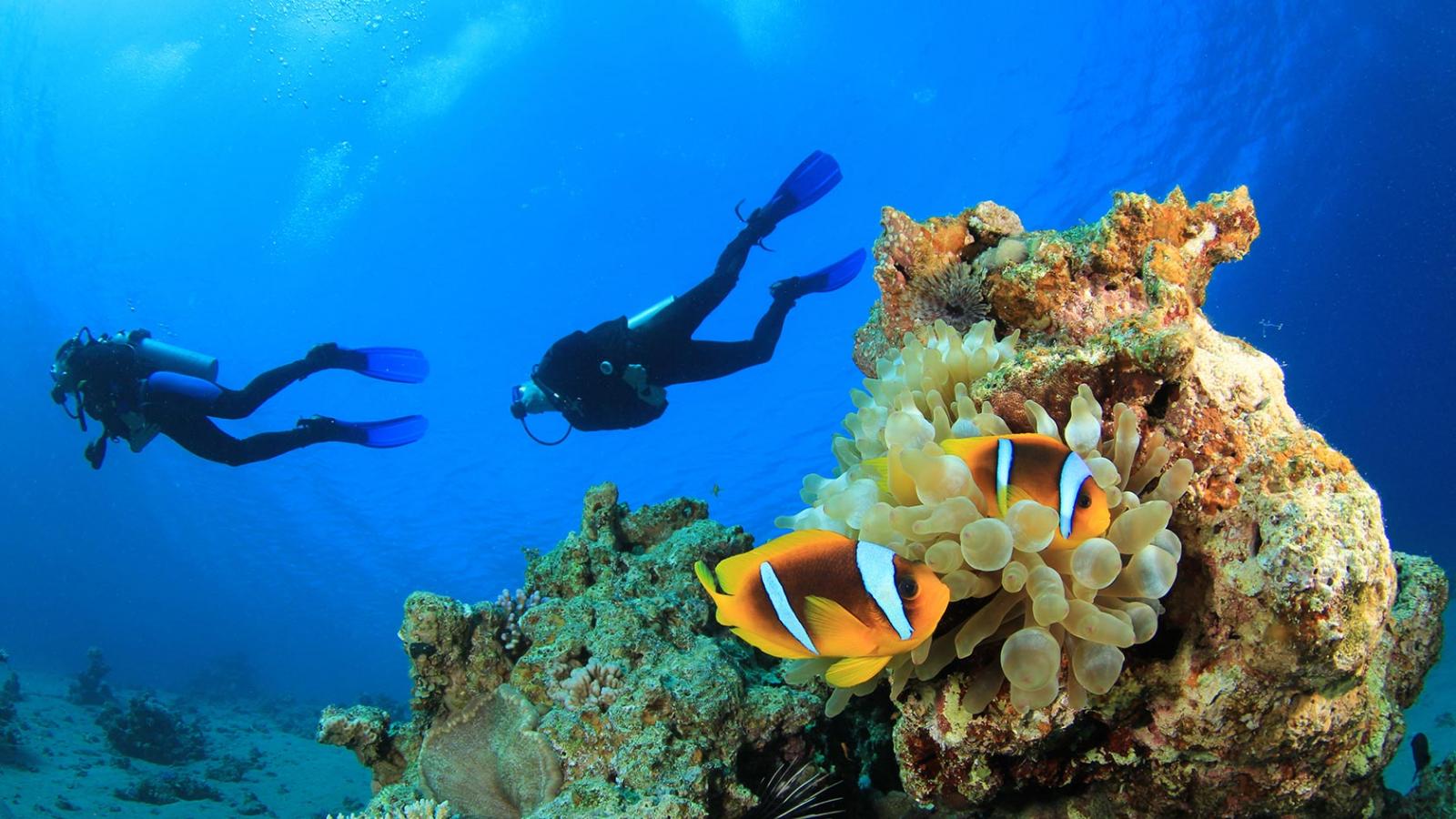For the majority of us, enjoying the wonders of scuba means marvelling at colourful coral reefs in the Caribbean, diving with hammerhead sharks off the coast of Costa-Rica or experiencing one-in-a-lifetime Maldives Liveaboard adventures. But, for a strange few, sinking down to unknown depths and diving so deep that their lives are put under serious risk is where they get their kicks.
Ultra-deep diving is one of the most dangerous things a scuba diver can do and has resulted in fatalities throughout the history of scuba. So why do they do it? What are the risks? And how low, as safe, recreational divers, should we go?
PADI’s recreation diving limit restricts divers to depths of 30 metres, and the World Recreational Scuba Training Council (WRSTC), recommends an absolute recreational diving limit of 40 metres. Whilst most divers respect the safety implications of going beyond these parameters, safe limits have been exceeded and records have been attempted since as far back as the 1940s, when Frederic Dumas – a colleague of Jacques Cousteau – dived to 94 metres.
Since then, the boundaries of scuba have been pushed further still. In 2001, John Bennett was the first to dive as far as 300 metres using scuba equipment – a depth that has since been reached by just a handful of others.
In 2003, Mark Ellyatt exceeded Bennett by reaching 313 metres, and the deepest dive ever recorded was in 2005, when Pascale Bernabé recorded 330 metres. But in mid-2005, the Guinness Book of World Records ceased publishing records on deep air dives, amid serious concerns over safety.
With more fatalities than world records, the serious risks presented by ultra-deep diving, the safety standards offer more than just good sense. Most of us will never descend beyond 30 metres, and many divers argue that it’s both unsafe and unnecessary to do so.
Here’s why…
The deepest dives are about breaking records, rather than looking at the marine life. Whether you regularly dive off Maldives Liveaboards or the coast of Cornwall, you’ll know that the most colourful corals and densest marine-life tend to occupy the warmer, shallower waters, rather than cold, dark depths.
The deeper you go, the shorter your no-decompression limit, meaning that you have to factor in several decompression stops, in order to reduce the risk of decompression sickness, reducing your bottom time considerably. And, as air becomes further compressed, consumption increases, adding another limit to your dive time.
The onset of nitrogen narcosis varies between divers, but typically sets in beyond 30 metres. Akin to a feeling of being drunk, divers can often lose control or, even worse, consciousness. Added to this, as you descend further from your exit point, stress levels rise leading to an increase in breathing resistance and air consumption, which can further enhance the feeling of disorientation.
Ultra-deep diving can lead to poisoning through oxygen toxicity – one of the more common reasons for fatalities before trimax air became available. Oxygen toxicity can begin at around 66 metres, with gas mixtures such as enriched air nitrox, becoming toxic at shallower depths. Inhaling toxic air can cause convulsions, unconsciousness and death.
For those that still choose to push the safety limits, rather than a case of simply descending deeper and deeper, ultra-deep diving requires extremely high levels of training and experience, as well as considerable fitness, professional support at the surface and specialist equipment.
No responsible dive school will take its students below the recommended limits, but independent divers are only bound by their own sense of responsibility. Personally, I’d rather get my kicks from diving an awesome Red Sea wreck, cruising round the Indian Ocean on a Maldives Liveaboard or swimming alongside whale sharks than squeezing my lungs and risking my life on a deep, dark, solo descent!
Tags: Red Sea Liveaboards, Red Sea Live Aboards, Maldives Liveaboards, Maldives Live Aboards, Red Sea Diving, Maldives Diving, Egypt Diving, Egypt Dive



